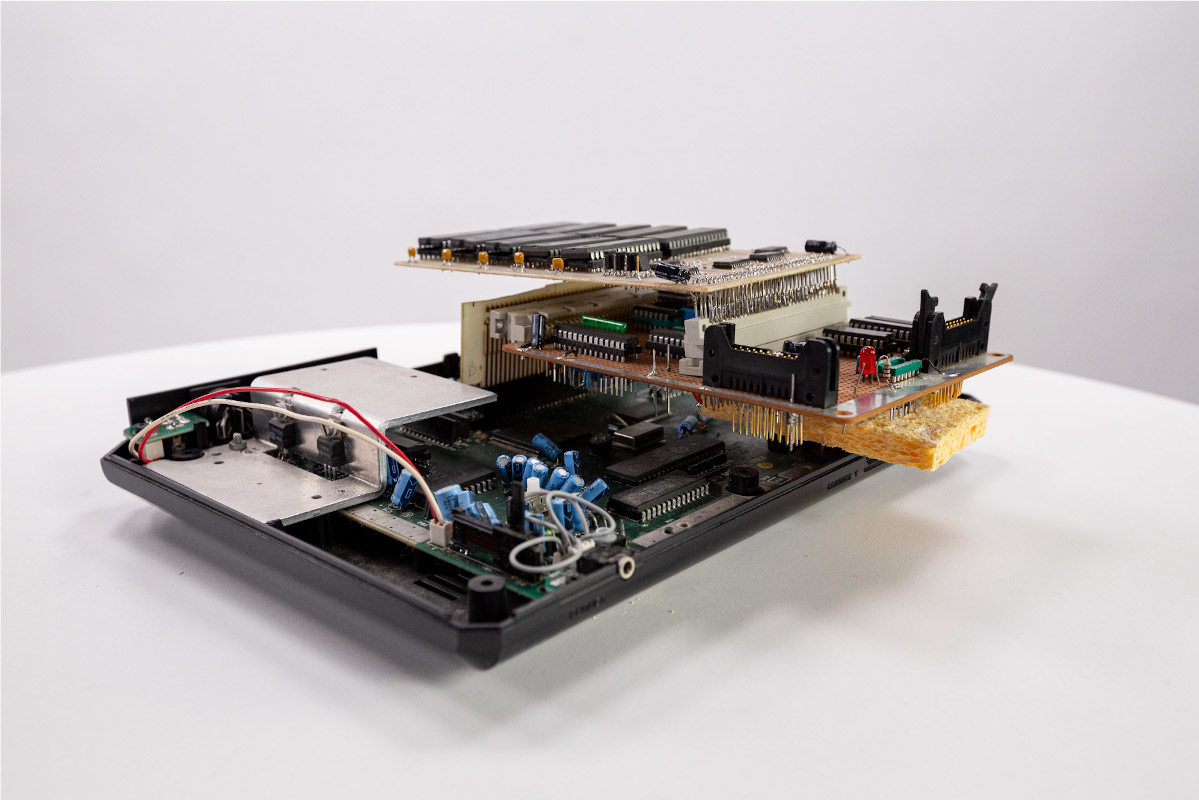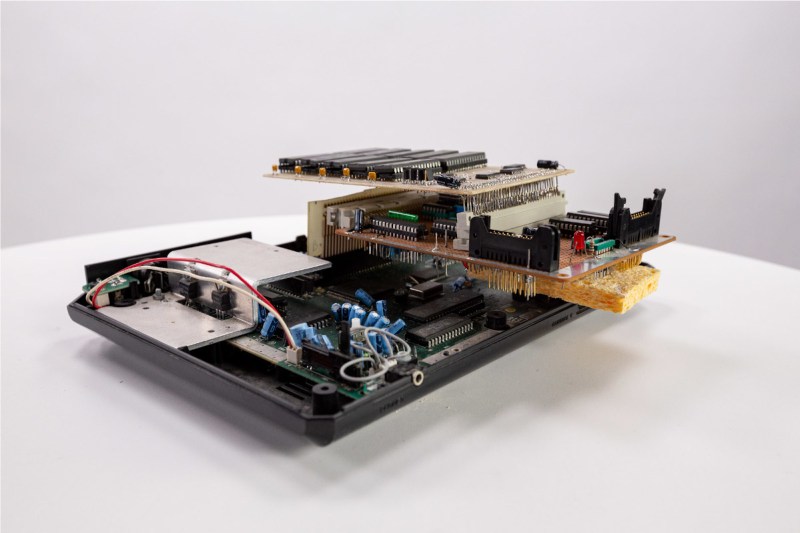3 Likes
1 Shares
The story of Captain Blood, the Atari ST classic in which you track down and murder your clones, five times

https://www.youtube.com/watch?v=9GNFFA4IwK0
Si vous aimez mes inepties, sachez que vous pouvez aussi les lire !
Les #Chroniques de #GunhedTV
Tome 1 : https://amzn.to/3PaALsR
Tome 2 : https://amzn.to/3PabkrJ
Tome 3 : https://amzn.to/3Hf0pLn
Tome 4 : https://amzn.to/3FAwz2oSi la guerre Amiga vs #AtariST m'était contée
https://amzn.to/3W0hT2gBabes in #VideoGames
Tome 1 : https://amzn.to/40WyXsl
Tome 2 : https://amzn.to/3UMOLvI
The Flame Wars est un livre en anglais retraçant l'épopée la guerre Amiga vs Atari ST. C'est également un bel hommage au #processeur #Motorola #68000.
#retrogaming #retrocomputer #commodore #histoire #story

Take an #AtariST, 4 #budget #synths from 1988, and spend months seeing how far they can go - all while staring at a black-and-white CRT! I took me over a year to make this given most of the equipment was #DOA and keeping in mind there's another part coming later this year.
Massive thanks to mu:zines and archive.org for their incredible collections. This led me to all the cheapest gear that people were actually using back in the day. Thanks also to all those I reached out to who verified most of the findings and gave me amazing insights to the gear of the day.
Gear used: #Atari #520ST (mostly), #Roland #MT-100, #Yamaha #MusicStation #PSS-580, #Kawai #K1, Yamaha #EMT-10, Dr T MIDI Recording Studio, #Cubase 1.5 and Rotel mini system.
00:00 - Intro
01:10 - Atari's Sound and finding your first synth
02:40 - Synth - Yamaha MusicStation PSS-580
05:02 - Atari - DR T's MIDI Recording Studio (demo)
08:32 - DEMO - MusicStation & Monitor
11:13 - Synth - MT-32 Intro
14:00 - Atari - Cubase 1.5 (demo)
17:56 - DEMO - MT-32 Solo & Polyphony discussion
19:52 - Synth - Kawai K1 Intro
21:50 - Synth - Kawai programming and MIDI assign
23:12 - DEMO - Kawai K1 and Guitar Jam
26:00 - DEMO - Yamaha EMT-10 + MT-32
27:45 - Conclusion and End tune (demo on the Kawai K1)
https://www.youtube.com/watch?v=RpMMwc0Mn0Y
#music #musique #synthesizer #synthétiseur

https://www.youtube.com/watch?v=S1s1vNjno0k
#retrogaming #retrocomputer #nintendo #sega #sony #arcade #neogeo #amiga #atarist #HDD #emulation #station
RetroGamingShorts part 036 - Dark Fortress
Dark Fortress was written in the late 1980s, but only found and released in 2020. It's another Lode Runner style puzzle platformer, but with emphasis on a variety of enemies and disparate puzzle/action elements. It looks suitable for porting to other systems, although apparently the original code is an experimental mess.
Gameplay video: https://www.youtube.com/watch?v=RLQGH_qsBFY
Programmer interview about the game: https://breakintochat.com/blog/2020/06/04/unearthed-dark-fortress-for-the-atari-st/
#RetroGamingShorts #Retrogaming #AtariST #Atari


With the widespread adoption of emulators, almost anyone can start playing video games from bygone eras. Some systems are even capable of supporting homebrew games, with several having active communities that are still creating new games even decades later. This ease of programming for non-PC platforms wasn't always so easy, though. If you wanted to develop games on a now-antique console when it was still relatively new, you had to jump through a lot of hoops. [Tore] shows us how it would have been done with his Sega Mega Drive development kit that he built from scratch.
While [Tore] had an Atari ST, he wanted to do something a little more cutting edge and at the time there was nothing better than the Mega Drive (or the Genesis as it was known in North America). It had a number of features that lent the platform to development, namely the Motorola 68000 chip that was very common for the time and as a result had plenty of documentation available. He still needed to do quite a bit of reverse engineering of the system to get a proper dev board running, though, starting with figuring out how the cartridge system worked. He was able to build a memory bank that functioned as a re-writable game cartridge.
With the hard parts out of the way [Tore] set about building the glue logic, the startup firmware which interfaced with his Atari ST, and then of course wiring it all together. He was eventually able to get far enough along to send programs to the Mega Drive that would allow him to control sprites on a screen with the controller, but unfortunately he was interrupted before he could develop any complete games. The amount of research and work to get this far is incredible, though, and there may be some helpful nuggets for anyone in the homebrew Mega Drive community today. If you don't want to get this deep into the Mega Drive hardware, though, you can build a cartridge that allows for development on native Sega hardware instead.
#games #softwaredevelopment #68000 #atari #atarist #devboard #development #firmware #genesis #homebrew #megadrive #motorola #retro #schematics #sega
#retrocomputing #atari #AtariST
https://www.youtube.com/watch?v=6LxPEz9x2fs
https://video.ploud.fr/videos/watch/1485156e-8245-4b8c-bbd3-af0c68e44564
#jeuxvidéos #videogames #retrogaming #computer #arcade #AtariST